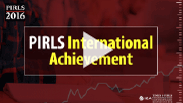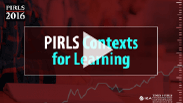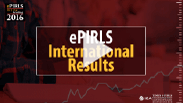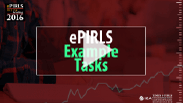Restricted Use Items
IEA no longer is releasing items to the public without permission. Items are available from IEA for restricted use. To request permission, please fill out and submit the permission request form.
About PIRLS 2016
In 2016, IEA and its TIMSS & PIRLS International Study Center at Boston College conducted PIRLS 2016 and ePIRLS 2016 at the fourth grade. PIRLS 2016 provides 15-year trend measures for countries that participated in the first PIRLS assessment in 2001. ePIRLS, an innovative assessment of online informational reading, launched its inaugural cycle in 2016.
PIRLS 2016 and ePIRLS 2016 continue the long history of international assessment conducted by IEA – the International Association for the Evaluation of Educational Achievement. IEA, with offices in Amsterdam and Hamburg, is an independent international cooperative of national research institutions and government agencies that has been conducting studies of cross-national achievement since 1959.

PIRLS Results
The PIRLS 2016 results in reading achievement are reported as average scores and distributions on the PIRLS 2016 achievement scale.

ePIRLS Results
The ePIRLS 2016 results in online informational reading achievement are reported as average scores and distributions on the PIRLS 2016 achievement scale.
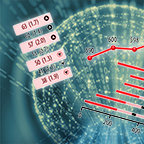
International Database
The PIRLS 2016 International Database is available to all individuals interested in the data collected and analyzed as part of PIRLS 2016.
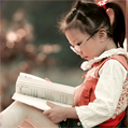
Assessment Framework
The PIRLS 2016 Assessment Framework, 2nd Edition provides the foundation for the three international assessments that took place as part of IEA’s PIRLS 2016.

Encyclopedia
The PIRLS 2016 Encyclopedia: Education Policy and Curriculum in Reading is a comprehensive compendium of how reading is taught around the world.

Methods and Procedures
Methods and Procedures in PIRLS 2016 documents the development of the PIRLS assessments and questionnaires and describes the methods used in sampling, translation verification, data collection, database construction, and…

Context Questionnaires
An important purpose of PIRLS 2016 is to study the home, community, school, and student factors associated with student achievement in reading at the fourth grade.
